25+ SAMPLE Commercial Construction Estimate
-
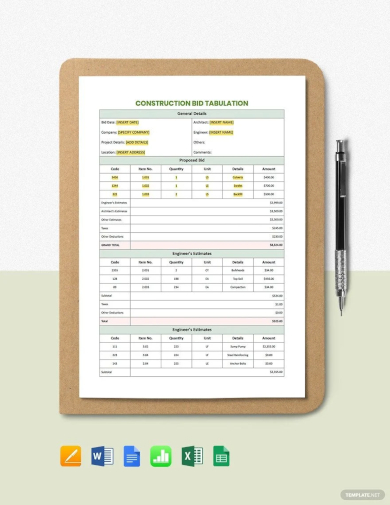
Commercial Construction Bid Estimate Template
download now -
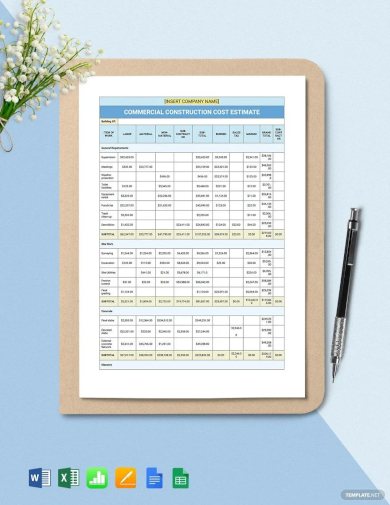
Commercial Construction Cost Estimate Template
download now -
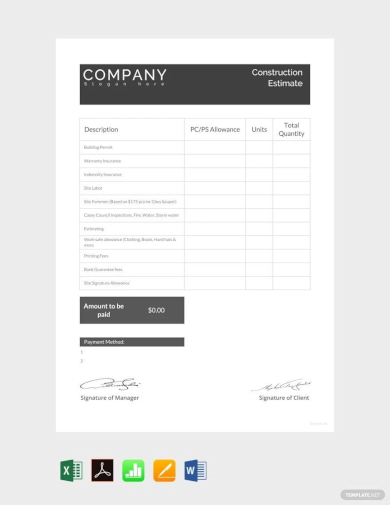
Commercial Construction Estimate Template
download now -
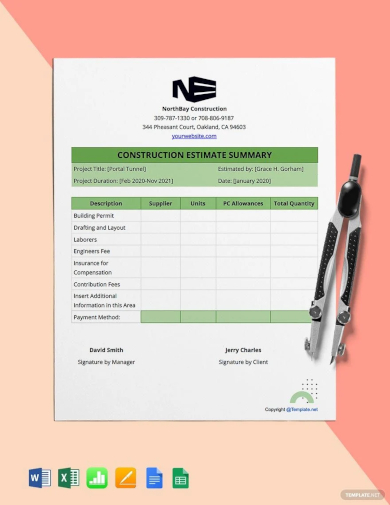
Construction Estimate Format Template
download now -
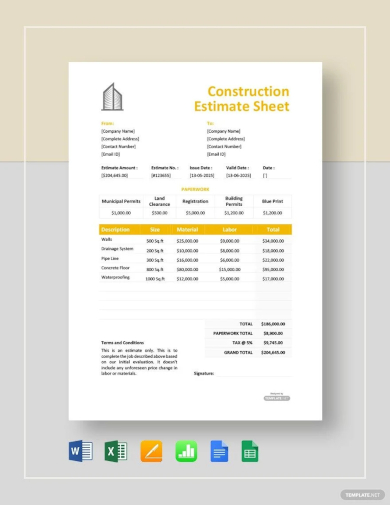
Construction Estimate Sheet Template
download now -
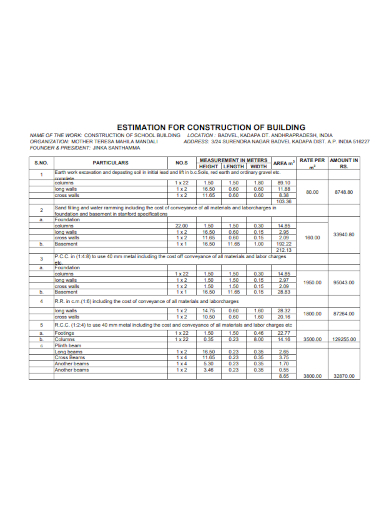
Commercial Building Construction Estimate
download now -

Commercial Office Construction Estimate
download now -

Commercial Construction Order Estimate
download now -
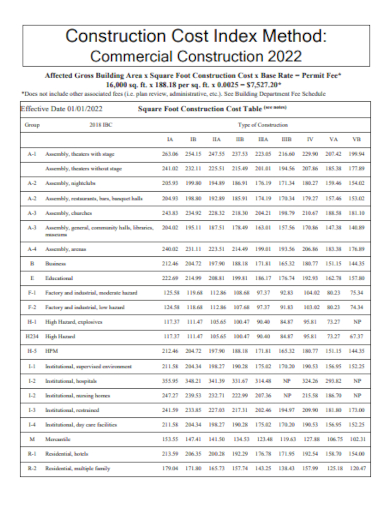
Square Foot Construction Cost Estimate
download now -
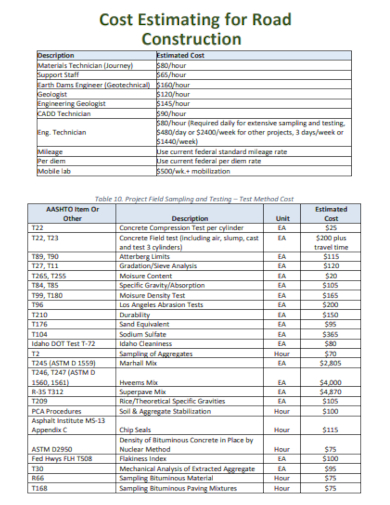
Road Construction Cost Estimate
download now -
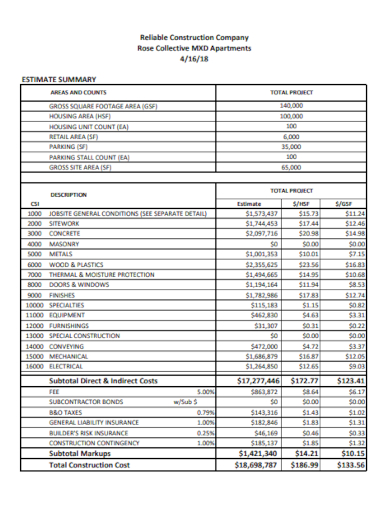
Commercial Apartment Construction Estimate
download now -

Commercial Proposed Construction Estimate
download now -
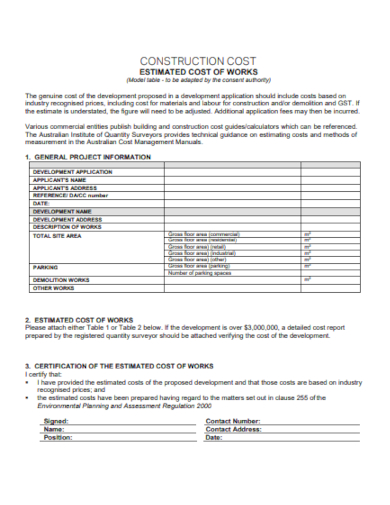
Commercial Construction Work Estimate
download now -
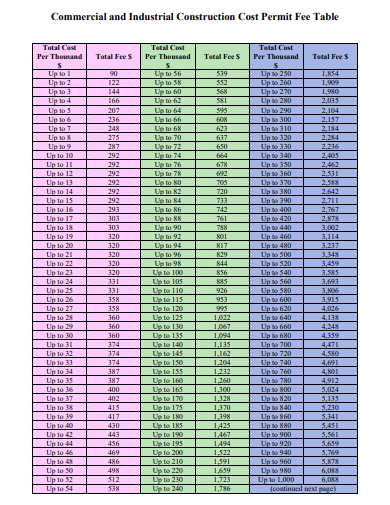
Commercial Industrial Construction Estimate
download now -

Commercial Engineering Construction Estimate
download now -
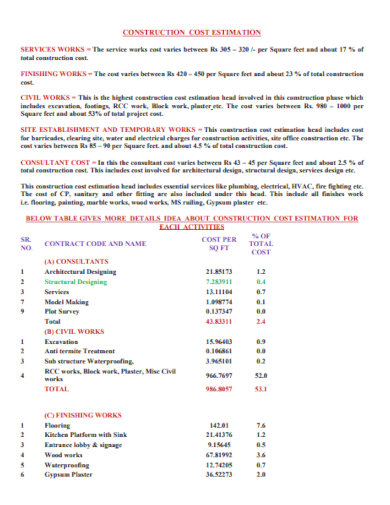
Commercial Consultant Construction Estimate
download now -

Commercial Construction Estimator
download now -
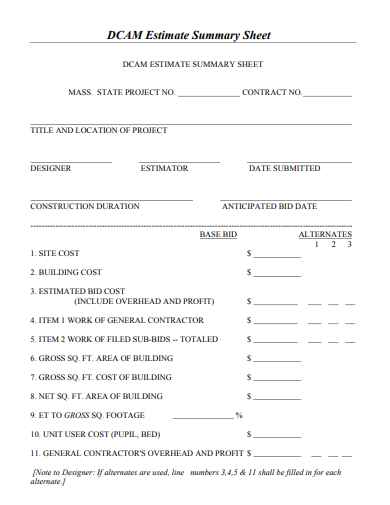
Commercial Construction Estimate Summary Sheet
download now -
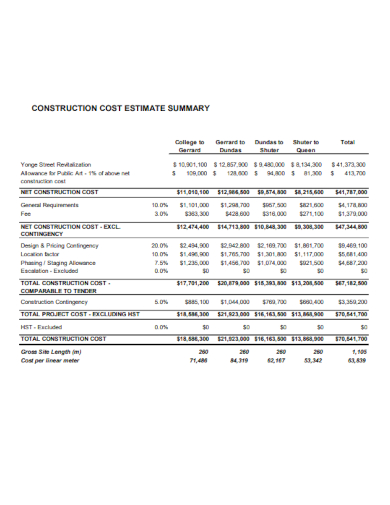
Construction Cost Estimate Summary
download now -
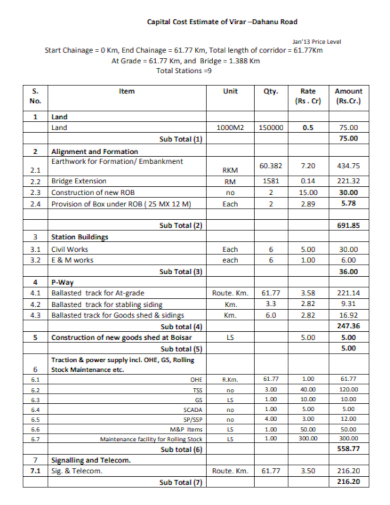
Commercial Construction Capital Cost Estimate
download now -
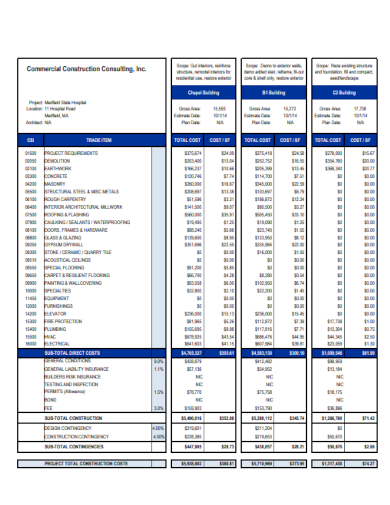
Commercial Construction Consulting Estimate
download now -

Commercial Building Fee Estimate
download now -
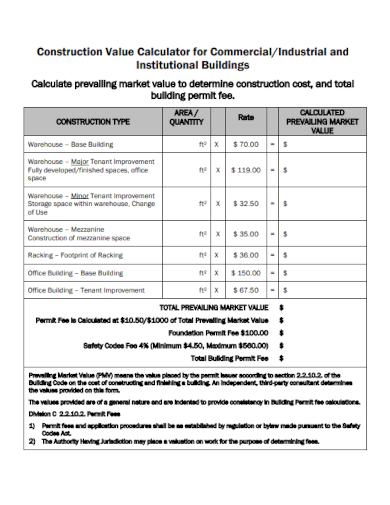
Commercial Construction Estimate Calculator
download now -
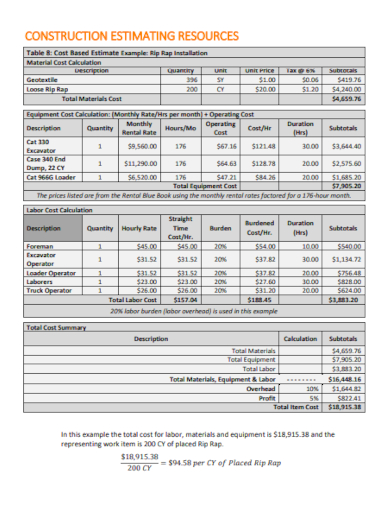
Commercial Construction Equipment Estimate
download now -
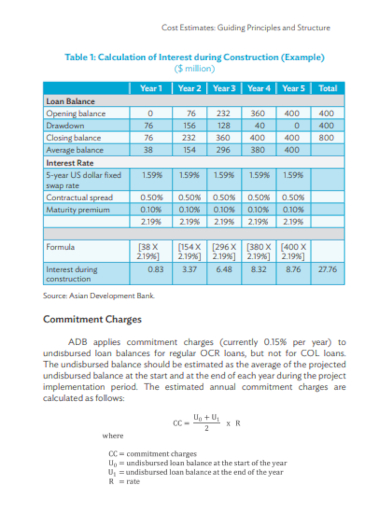
Sample Commercial Construction Estimate
download now -
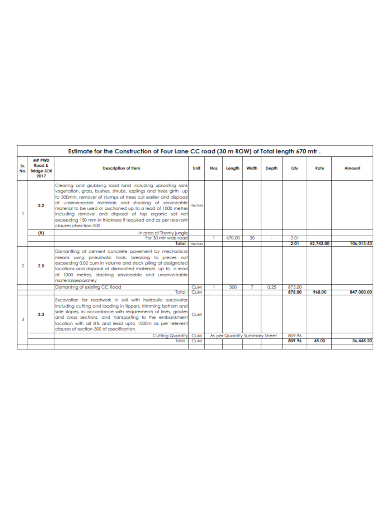
Estimate for Commercial Construction
download now
FREE Commercial Construction Estimate s to Download
25+ SAMPLE Commercial Construction Estimate
Definition:
Harnessing its Power Effectively:
Understanding its Multifaceted Nature:
Navigating the Financial Blueprint of Development:
Diving Deep: Unpacking the Estimate
Maximizing Value from the Estimate:
Tips for Commercial Construction Estimate:
Why are subcontractor quotes important in a construction estimate?
How do construction estimates influence budgeting and financial planning?
What is the importance of site visits prior to finalizing an estimate?
Can a commercial construction estimate be legally binding?
How frequently should a commercial construction estimate be updated?
Why should clients seek multiple estimates before starting a commercial project?
Definition:
A Commercial Construction Estimate is a detailed projection of the costs associated with the construction of a commercial property. It encompasses all expenses, from materials and labor to overhead and contingencies. By providing an in-depth breakdown, it aids contractors, developers, and stakeholders in budgeting, securing funding, and ensuring the project remains financially viable from start to finish.
Harnessing its Power Effectively:
The Commercial Construction Estimate is a formidable tool in the realm of commercial development. When wielded correctly, it can pave the way for a project’s success, ensuring fiscal transparency and proactive decision-making. However, its true potential can only be unlocked when one understands its optimal utilization. Let’s delve into the nuances of using this document and glean some essential tips to maximize its benefits.
Understanding its Multifaceted Nature:
Before diving into its application, it’s paramount to comprehend the holistic nature of a Commercial Construction Estimate. It’s not just about numbers; it encapsulates market trends, labor costs, material price fluctuations, and more. By grasping its comprehensive nature, one can employ it as a dynamic tool, adjusting and updating as the project progresses.
Navigating the Financial Blueprint of Development:
Delving into the vast arena of commercial development, the commercial construction estimate stands as the crucial preliminary stage, offering a glimpse into the future financial landscape of a project. It’s a meticulously crafted document that balances ambition with realism, laying out the expected costs of every facet, from materials and labor to administrative overheads. This estimate not only sets the pace for the project but also serves as a guiding star for stakeholders, ensuring fiscal transparency, and setting the stage for success.
The Cornerstones of a Commercial Construction Estimate:
An effective Commercial Construction Estimate is built on certain foundational elements that ensure accuracy and comprehensiveness.
- Material Costs: A comprehensive list of all materials required for the project, factoring in quantities, unit costs, and potential price fluctuations.
- Labor Costs: Estimations for the workforce, including hourly wages, overtime, benefits, and the duration they would be needed.
- Equipment Costs: Costs associated with the machinery and tools necessary for the construction, whether they are rented, purchased, or already owned.
- Overhead: Indirect costs that are not directly tied to a specific task but are essential for project completion, such as administrative expenses, utilities, and office rentals.
- Contingencies: A provision for unforeseen expenses that might arise due to changes in the project scope, unexpected challenges, or market fluctuations.
- Subcontractor Quotes: If parts of the project are outsourced, the estimate should incorporate bids or quotes from subcontractors.
- Permits and Licenses: Costs related to obtaining necessary permits, approvals, and licenses specific to the project’s nature and location.
- Site Preparation Costs: Expenses linked to preparing the construction site, like land clearing, excavation, and any required environmental precautions.
- Profit Margin: A percentage or amount added above the total costs to ensure that the contractor makes a profit from the project.
- Project Timeline: While not a direct cost, a project’s duration can influence various expenses, especially those that are time-sensitive, like equipment rentals.
- Revision Allowance: Recognizing that projects evolve, it’s wise to allocate some budget for revisions or changes that stakeholders might request.
Diving Deep: Unpacking the Estimate
Unpacking a Commercial Construction Estimate is akin to laying out a jigsaw puzzle, where each piece holds significance in forming the complete picture. At first glance, an estimate might appear as just a collection of numbers, but delve deeper, and a story unfolds.
Material Costs Breakdown:
This section doesn’t just list materials. It dives into the quality, brand, potential suppliers, and even seasonal price variations. By scrutinizing each material, stakeholders gain clarity on durability, aesthetics, and project longevity.
Labor Insights:
Beyond just hourly rates, this part sheds light on the expertise of the workforce, their experience, and specialties. It offers a glimpse into the team’s capability to meet project demands, ensuring that craftsmanship aligns with vision.
Equipment Analysis:
The machinery and tools chosen can heavily influence the project’s speed and quality. A detailed exploration here reveals whether the contractor prioritizes efficiency, accuracy, and the latest technology.
Overhead Details:
A closer look into overhead costs offers insights into the contractor’s management efficiency. It showcases how well they handle project-external expenses and ensure smooth operations without unnecessary financial drains.
Contingency Explanations:
While setting aside funds for the unexpected is wise, understanding the reasons and calculations behind contingency allowances can display foresight and risk management prowess.
Subcontractor Evaluations:
By delving into subcontractor quotes and their past work, one can gauge their reliability, quality of work, and how they fit into the larger project vision.
Permit and Licensing Journey:
This section doesn’t just enumerate costs. It details the journey of obtaining approvals, indicating the contractor’s understanding of regulatory landscapes and commitment to compliance.
Site Preparation Strategy:
A deep dive here reveals environmental considerations, challenges anticipated, and strategies formulated to turn a raw site into a construction-ready ground.
Profit Margin Justification:
More than a mere markup, this provides insights into the contractor’s valuation of their work, hinting at their confidence and perceived value addition.
Timeline Logistics:
Understanding the chronology not only reveals project flow but also highlights potential downtime, resource allocation strategies, and milestones.
Maximizing Value from the Estimate:
Transforming a Commercial Construction Estimate into a treasure trove of value requires more than just passive perusal. It’s about active engagement, making strategic decisions, and ensuring every dollar spent yields maximum return. Here’s how stakeholders can harness the full potential of the estimate:
Detailed Analysis:
Instead of skimming, take time to understand each component. This deep dive reveals areas where costs might be optimized without compromising quality.
Negotiation Leverage:
Knowledge is power. With a clear understanding of material, labor, and overhead costs, stakeholders can engage in informed negotiations, ensuring competitive pricing and favorable terms.
Risk Mitigation:
The contingency section serves as a window into potential risks. By identifying these early on, preemptive measures can be taken, reducing the chances of budget overruns.
Supplier Engagement:
Engage with material suppliers listed in the estimate. Exploring bulk purchase discounts, early-bird offers, or loyalty programs can lead to substantial savings.
Timeline Optimization:
By scrutinizing the project timeline, it’s possible to identify periods where resources might be underutilized. Adjusting schedules or reallocating resources can lead to cost efficiencies and even expedited project completion.
Subcontractor Collaboration:
Open lines of communication with subcontractors. Their expertise can provide insights into alternative materials or methods that offer similar quality at reduced costs.
Regulatory Compliance:
Ensuring all permits and licenses are obtained not only guarantees project legality but also helps avoid fines or potential shutdowns, preserving both time and money.
Feedback Loop:
Post-project, compare the estimate with actual expenses. This retrospective analysis can provide invaluable insights for future projects, refining estimating accuracy and efficiency.
Technology Utilization:
Modern construction management software offers features that can integrate with estimates, providing real-time budget tracking, notifying potential overruns, and ensuring financial transparency throughout the project.
Stakeholder Engagement:
Keep all project stakeholders in the loop. Their diverse expertise can offer fresh perspectives, innovative solutions, and even potential cost-saving strategies.
Tips for Commercial Construction Estimate:
Employ a collaborative platform or software where the estimate can be accessed and reviewed by all relevant parties, fostering an atmosphere of openness and collective decision-making. Always allocate a contingency budget within your estimate. This buffer can cushion any unexpected expenditures, ensuring the project stays within a reasonable fiscal boundary. Regularly revisit the estimate, especially during major project milestones, to ensure it stays relevant and reflective of current market conditions.
Prioritizing Transparency:
A detailed estimate can serve as the bedrock of trust between stakeholders, contractors, and investors. It’s essential to keep all parties in the loop, sharing updates, revisions, and reasons for any significant changes.
Ensuring Flexibility:
While an estimate provides a financial roadmap, it’s crucial to remember that it’s a dynamic document. Costs can change due to unforeseen challenges, market shifts, or design alterations.
Being Comprehensive Yet Concise:
An effective estimate is detailed but not overwhelmingly so. Stakeholders should be able to glean vital information without being bogged down by excessive minutiae.
Continuous Learning and Adaptation:
The construction industry is in perpetual evolution. New technologies, methods, and materials constantly enter the scene. An adaptive estimate, which integrates these changes, can lead to more cost-effective and efficient outcomes.
Why are subcontractor quotes important in a construction estimate?
Subcontractor quotes in a construction estimate provide detailed cost breakdowns for specialized work, ensuring accuracy in budgeting. They reflect expertise, promote transparency, and allow for competitive pricing, ensuring the project achieves both quality and financial efficiency.
How do construction estimates influence budgeting and financial planning?
Construction estimates provide a foundational cost projection for projects, influencing budget allocations and financial planning. They highlight potential expenses, ensuring funds are allocated effectively, and help preemptively address financial risks, fostering efficient resource utilization and reducing unexpected overruns.
What is the importance of site visits prior to finalizing an estimate?
Site visits prior to finalizing an estimate ensure accuracy by assessing on-ground conditions, potential challenges, and accessibility. This firsthand observation helps in identifying unforeseen costs, minimizing discrepancies between estimated and actual expenses, and ensuring a more reliable and realistic project budget.
Can a commercial construction estimate be legally binding?
A commercial construction estimate is typically not legally binding, as it’s a preliminary assessment of costs. However, once both parties agree upon terms and incorporate them into a formal contract, that contract becomes legally binding, setting clear expectations regarding costs, scope, and responsibilities.
How frequently should a commercial construction estimate be updated?
A commercial construction estimate should be updated whenever there are significant changes in project scope, material costs, labor rates, or unforeseen site conditions. Regular revisions ensure the estimate remains accurate, reflecting current market conditions and project-specific variables.
Why should clients seek multiple estimates before starting a commercial project?
Clients should seek multiple estimates to ensure competitive pricing, gauge market rates, and assess the range of expertise available. Comparing different estimates offers a comprehensive understanding of potential costs, identifies discrepancies, and helps select a contractor that aligns best with project needs and budget.
The Commercial Construction Estimate is the financial blueprint guiding commercial ventures from conception to completion. By merging precision, foresight, and data-driven insights, it ensures projects stand on a foundation of fiscal clarity. In the vast ecosystem of construction, this estimate not only anchors budgetary decisions but also crafts a roadmap for efficient resource allocation, underscoring the essence of profitable and smooth project realizations.
